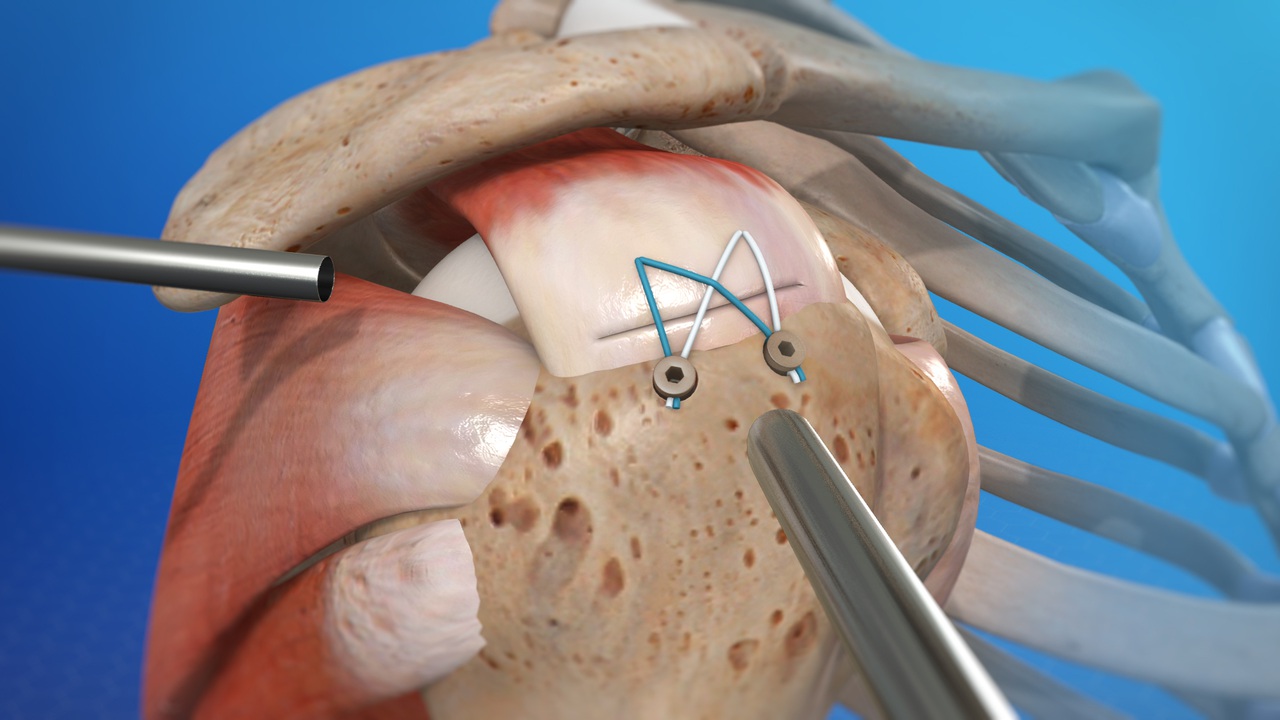What a last day! I had a great time working with Dr. Huff during the past few weeks, and it has been an excellent experience.
Today consisted of three surgeries, two of which I had never seen before. The first surgery was a ACL reconstruction. During the procedure, Dr. Huff took a graph from the patella tendon and inserted the graph to where the ACL should be anatomically. I enjoyed watching this procedure because it tied all aspects of the two weeks together as knee scoping and joint repair were both used during this operation. At the beginning of the operation, a graph was cut from the patella tendon. The reason for using the patella tendon is because it was the closest compromise to the ACL when compared to a hamstring graph. The graph was then trimmed to fit inside of a certain diameter hole. Before putting the graph into the knee, Dr. Huff used a drill to create two holes, one in the femur and one in the tibia. The reason for using holes to secure the graph was because there would be more surface area resulting in a stronger and more successful recovery. After the holes were created, the graph was inserted and the knee was then scoped to make sure everything looked okay.
The second surgery was a carpal tunnel release which consisted of Dr. Huff using tools to cut a nerve within the palm of the hand. By doing so, he would take away the numb sensation associated with carpal tunnel syndrome.
My final surgery was similar to the carpal tunnel release as it was short, but it was something that I had never seen before. It was a operation that fixed a “trigger thumb”. This occurs when the sheath of the tendon becomes stiff which then reduces dexterity. Dr. Huff relieved the patient of the symptoms by cutting part of the flexor tendon sheath. This then allowed for the tendon to slide smoothly instead of having resistance from the sheath. With time, the sheath will heal and will then be the right size for optimal tendon movement.
After eating lunch with Dr. Huff, we concluded the day by seeing patients. Today, there was a very wide variety of patients that we visited. Every patient had a different background and story which is what made each visit unique and interesting.
I would like to thank Dr. Huff and his partners again for having me these past two weeks. I had a fantastic time!










